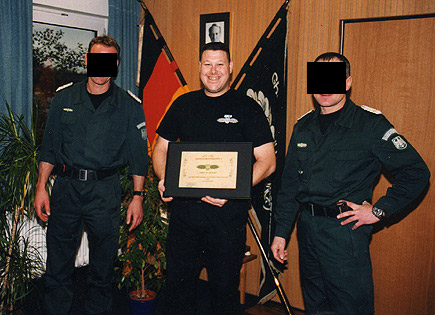Selecting a practical and effective self-defense program nowadays can be quite daunting, especially for those without prior experience. There are literally thousands of organizations shouting that "only they" teach the real thing! But unless you've been involved in the military, law enforcement or the security business, it's not likely that you will be able to distinguish a sound program from a useless one. But then, many of these professionals can't tell either.
In typical knee-jerk fashion most people just assume that traditional martial arts and real self-defense is the same thing, they're not, I don't blame them, they just don't know any better. This misguided assumption is propagated by Hollywood and the media. Although we all realize what we see in the movies and TV is sheer fantasy, it nevertheless tints our perceptions. Then there are the martial art magazines, this is where we see grown men in costumes jumping up and down, proclaiming that they can disable any attacker with the tip of their little finger. The media really enjoys this hype, and it does sell more than the truth.

Now I'm not against traditional martial arts, I've enjoyed practicing them just like everyone else. But the cold hard truth is, traditional martial arts do not prepare you for the realities of violence in the 21st-Century, especially when your life is on the line. In my opinion, the only type of training that prepares you for the violence on the streets is reality-based-training. Whether you're a mixed martial arts champ or a die-hard student of kung fu, taking a course in reality-defense can potentially save your life. But before I ask you to accept my hypothesis let me tell you a little about myself, this will also establish a basis for my commentary.
I'm a senior government field agent with over 10 years experience at the highest levels. I have had first-hand personal experience with gang-violence, organized crime, anti-terrorism and high-level security operations. I'm also a trainer for some of the most elite military and law enforcement units in the world. I have been confronted with extreme violence during the course of my career and will tell you for a fact, traditional martial arts will NOT save your skin on the street, with reality-defense; at least you have a chance.
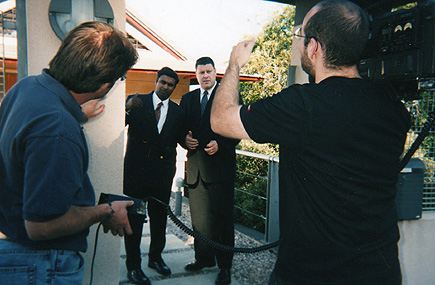
Up until last year, not many people had ever heard of this term. Now every martial arts school is adding this term to their list of offerings, even though they don't know what it is. Reality-based training is a collective of concepts, skills and techniques based on modern conflict situations that the practitioner is likely to encounter in his or her environment. During the past few decades, the military and law enforcement community have gradually come to the conclusion that the best way to train their forces was to approximate the particular "problem situation" as close to real-life as possible. This methodology has recently migrated into mainstream civilian self-defense training through innovative ex-military/LE instructors. Reality-based training is easy to learn and can be deployed within a relatively short period of time. The training is based on instinctive responses, gross motor movements and conflict scenarios. The goal is to prevail and escape.
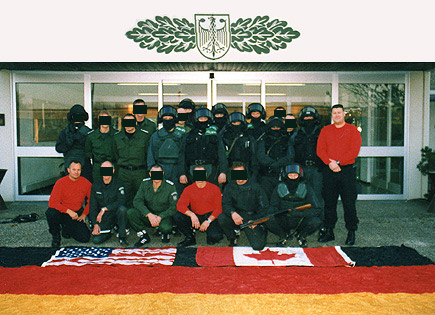
Traditional martial arts can be a competitive activity or the pursuit of a philosophy. Participants wear Asian period costumes and in some cases believe they can develop mystical powers. The techniques were designed to be appropriate for medieval encounters in China, Korea and Japan, and they haven't been updated since. Enthusiasts also practice forms (a type of dance) which they believe is crucial to the development of their skills. Traditional styles look great in movies; in the film, The Matrix, the use of kung fu moves added excitement and flair to the film, but these moves have no basis in reality. Representatives of traditional martial arts often state that their styles take a lifetime to learn; but this also means, you pay for a lifetime.
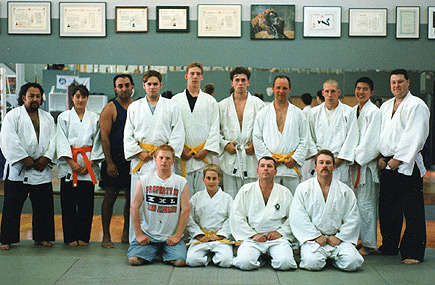
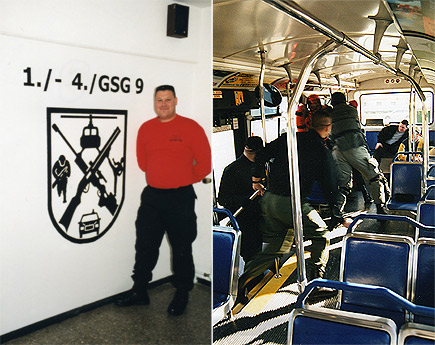
Advantages of Reality-Based-Training
One of the most distinguishing features that sets reality-based training apart from traditional martial arts is the way they deal with conflict resolution. This is broken down into three separate phases. That is, the pre-conflict phase, the conflict phase and the post-conflict phase.
The pre-conflict phase can be the most important part of an event. It's where 90% of the altercation can be avoided altogether; that is, with proper awareness, avoidance, demeanor and appropriate verbal and social skills. This subject matter is not even approached in traditional schools.

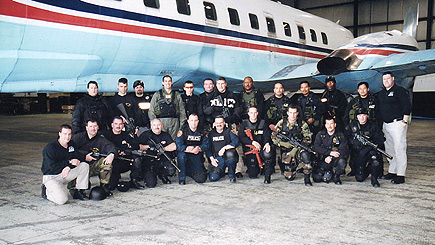
The last stage of the conflict is the post-conflict phase and this is where topics such as self-triage and first-aid, waiting for (or not) for the authorities, what to say to the authorities when they arrive, how to handle your legal defense etc? Reality-defense training is the only method that even discusses this subject matter.
Conflict-Scenario-Training
Scientists have long known that "situational simulations" have a far greater rate of success than non-situational training. Flight simulators are a perfect example, although we know that we're conducting a simulation, our brains behave as if we're involved in the actual event. Although some traditional schools may stage an informal scenario for their students, they are not nearly as comprehensive as reality-based ones.

Reality-based scenarios try to replicate the "real situation" as close as possible, preparing staged environments, using weapons, eliciting the adrenaline response, and using faux blood etc. To the uninformed, this may seem superfluous, but a few days of this type of training yields more beneficial results than years of mindless sparring and dojo dancing (forms). It's really quite simple, you're suddenly attacked, your conscious brain shuts down, your primitive brain takes over and engages the "fight or flight" response. If you have trained in "real event" simulations, your chance of survival is greatly enhanced.
A Weapons-Perspective
Reality-based training acknowledges the fact that most assaults are initiated with weapons, either knives, guns or impact weapons. Not only is counter-weapon training taught, but the proper use of these weapons is also covered. This is a far cry from traditional schools, which prefer to handle all their confrontations empty-handed. This is the myth of the martial artist, for some strange reason they find it dishonorable to use a weapon; even though they play with non-practical antique ones.
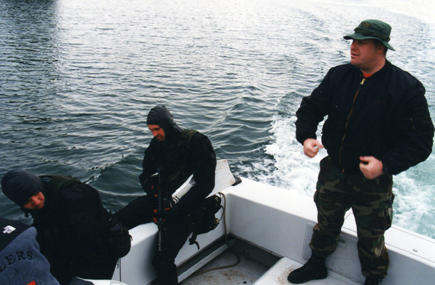
With every karate and kung fu school jumping on the reality-defense bandwagon these days, it's important to separate the real players from the pretenders. If you find a resource in your area, asking the right questions can be key to determining its value. The best way to determine the quality of a school is to ask question, check credentials, verify the background and figure out if this experience is relevant on the street. Ask if they have had any military or law enforcement experience, or have been certified by a reputable and qualified instructor. It's also important to note that not all military or police officers have the requisite experience to teach reality-defense.


Things to Avoid
If you're asked to wear a traditional costume, leave, reality-defense is practiced in the clothes you normally wear. If you're requested to sign up for a long-term commitment, walk out the door, reality-defense courses should not force you to take out a bank loan. If you are asked to learn forms (dojo dancing) excuse yourself, no form in the world replaces training with an actual partner. If you're asked to memorize foreign terminology, and bow to a master, find another school fast, you should be able to understand reality concepts in the language of your country, and there are no masters in reality-defense, only teachers.
If the techniques are complicated and difficult to master in a reasonable period of time, run. If the techniques are too esoteric, then how will you be able to use them in a dark alley? If they only teach a narrow approach, and don't include weapon training, take a walk. You need to comprehend striking, ground escapes, situational defense and weapons attacks from individuals as well as multiple attackers.
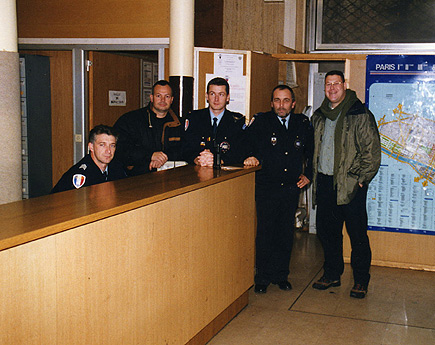
If they mention terms such as conflict resolution, awareness, adrenaline stress, preemptive strike, assault cycles, ladder of force, use of deadly force, and legal defense, you're probably in the right place. If they do scenarios instead of mindless sparring, you're in good company. If the instructor helps you work around your physical limitations, that's a good sign. They should also offer training in, rape prevention, counter-surveillance, hostage situations and defense from chemical agents, among other things.
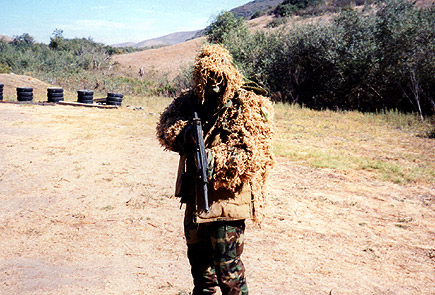
Summary
As Bruce Lee once said, "doing traditional martial arts is like practicing swimming on dry land." If you want to swim in the water, seek out a reality-based-training course now!
